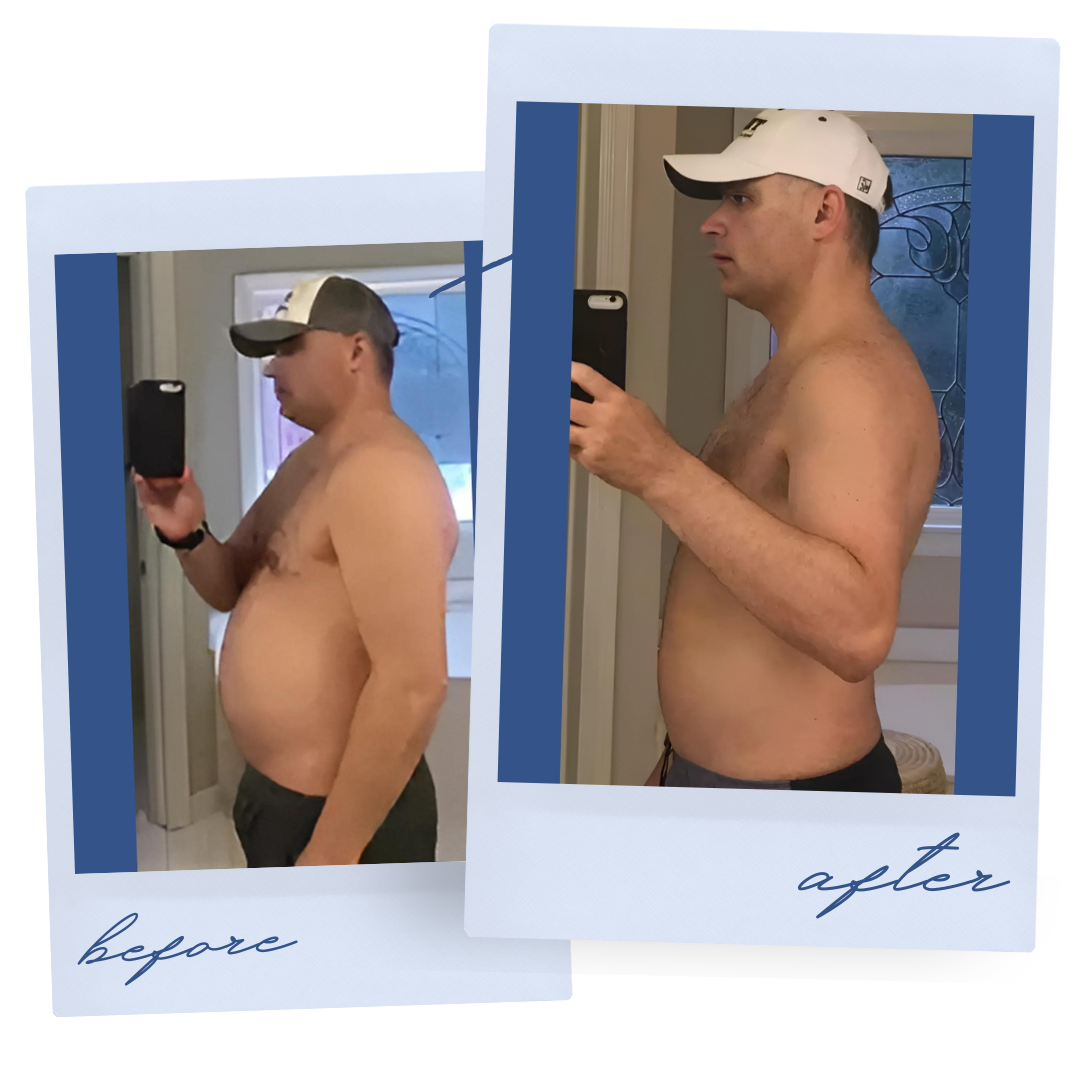Stem Cell & PRP
Avoid Surgery with Regenerative Therapy
Exploring Regenerative Medicine: Stem Cells and PRP
Regenerative medicine is revolutionizing how we approach healing for injuries and chronic diseases. Through innovative treatments like mesenchymal stem cell (MSC) therapy and platelet-rich plasma (PRP) therapy, this field offers promising solutions for conditions that traditionally have limited options. Here’s an overview of these advanced therapies, their applications, and how they work.
Mesenchymal Stem Cell Therapy
Mesenchymal stem cells (MSCs) are a type of adult stem cell found in adipose tissue. These cells have the remarkable ability to differentiate into different cell types, which include bone, cartilage, and fat cells. This regenerative potential makes them invaluable for treating a range of conditions.
Benefits of Adipose Tissue-Derived Stem Cells (ADSC)
Adipose tissue (fat) is an optimal source of stem cells in the human body. Fat is harvested with a simple fat extraction procedure. This ease of access makes ADSCs a practical and appealing option for many patients and clinicians.
There is a high concentration of stem cells in adipose tissue, so a single extraction can provide substantial stem cells, reducing the need for multiple procedures. Since these cells are your cells, there is no rejection post-therapy.
ADSCs are multipotent and can differentiate into a wide variety of cell types, including those that form bone, cartilage, muscle, and fat. This versatility makes them suitable for a broad range of applications. Their ability to differentiate allows targeted therapies to address specific tissue damage for regeneration.
ADSCs possess inherent immunomodulatory capabilities. They can modulate immune responses, reduce inflammation, and promote tissue repair. This makes them particularly valuable in treating autoimmune disorders and inflammatory conditions, where reducing excessive immune activity is crucial to healing.
The regenerative potential of ADSCs is further supported by their ability to secrete various bioactive molecules, including growth factors and cytokines. These secretions promote cell proliferation, tissue repair, and angiogenesis (new blood vessel formation). This support aids in accelerating the healing process and improving recovery outcomes.
Harvesting and Delivery
Fat-derived MSCs are commonly harvested from the back, hip, buttock, or abdomen using a minimally invasive procedure. Fat cells are processed in a centrifuge to separate and concentrate MSCs. They are then delivered to the target area via injection, ensuring the cells can directly interact with damaged tissues to promote healing and repair. MSCs can also be administered systematically via intravenous infusion. Regener8 is a member of the Cell Surgical Network under a special IRB research program and is the only certified stem cell infusion clinic in Georgia that can perform this procedure legally.
Conditions Treated
MSC therapy is used for various conditions, including osteoarthritis of the shoulder, hip, and knee; spinal cord injuries; tendon and ligament injuries; degenerative disc disease; autoimmune deficiencies; erectile dysfunction; hair loss; and skin aging. Therapy aims to reduce inflammation, repair damaged tissues, and improve function.
Applications of Adipose Tissue-Derived Stem Cells
ADSCs are widely used in treating orthopedic conditions such as osteoarthritis, tendon injuries, and ligament damage. By injecting ADSCs into the affected areas, clinicians can regenerate cartilage, enhance the repair of tendons and ligaments, and reduce inflammation. This application benefits patients with chronic conditions who may not respond well to conventional treatments and want to avoid surgery.
For patients suffering from chronic wounds or ulcers, such as diabetic foot ulcers, ADSCs can significantly improve healing. The cells contribute to tissue regeneration and enhance the body’s natural repair processes for closing wounds and restoring skin integrity.
ADSCs are also utilized for tissue regeneration and enhancement in cosmetic and reconstructive procedures. They are employed in breast reconstruction following mastectomy or to improve the aesthetic outcomes of facial rejuvenation procedures. Their ability to promote collagen production and tissue growth helps achieve natural-looking and long-lasting results.
Emerging research is exploring the use of ADSCs in treating neurological conditions such as stroke and spinal cord injuries. The regenerative properties of these cells, along with their ability to secrete neuroprotective factors, hold promise for promoting neuronal survival and functional recovery in the nervous system.
Conclusion
Adipose tissue-derived stem cells offer a range of benefits that make them a cornerstone of regenerative medicine. Their abundance, ease of harvest, and versatile regenerative capabilities provide significant advantages in treating various conditions. Whether addressing orthopedic injuries, chronic wounds, or cosmetic concerns, ADSCs represent a powerful tool in advancing medical treatments and improving patient outcomes







